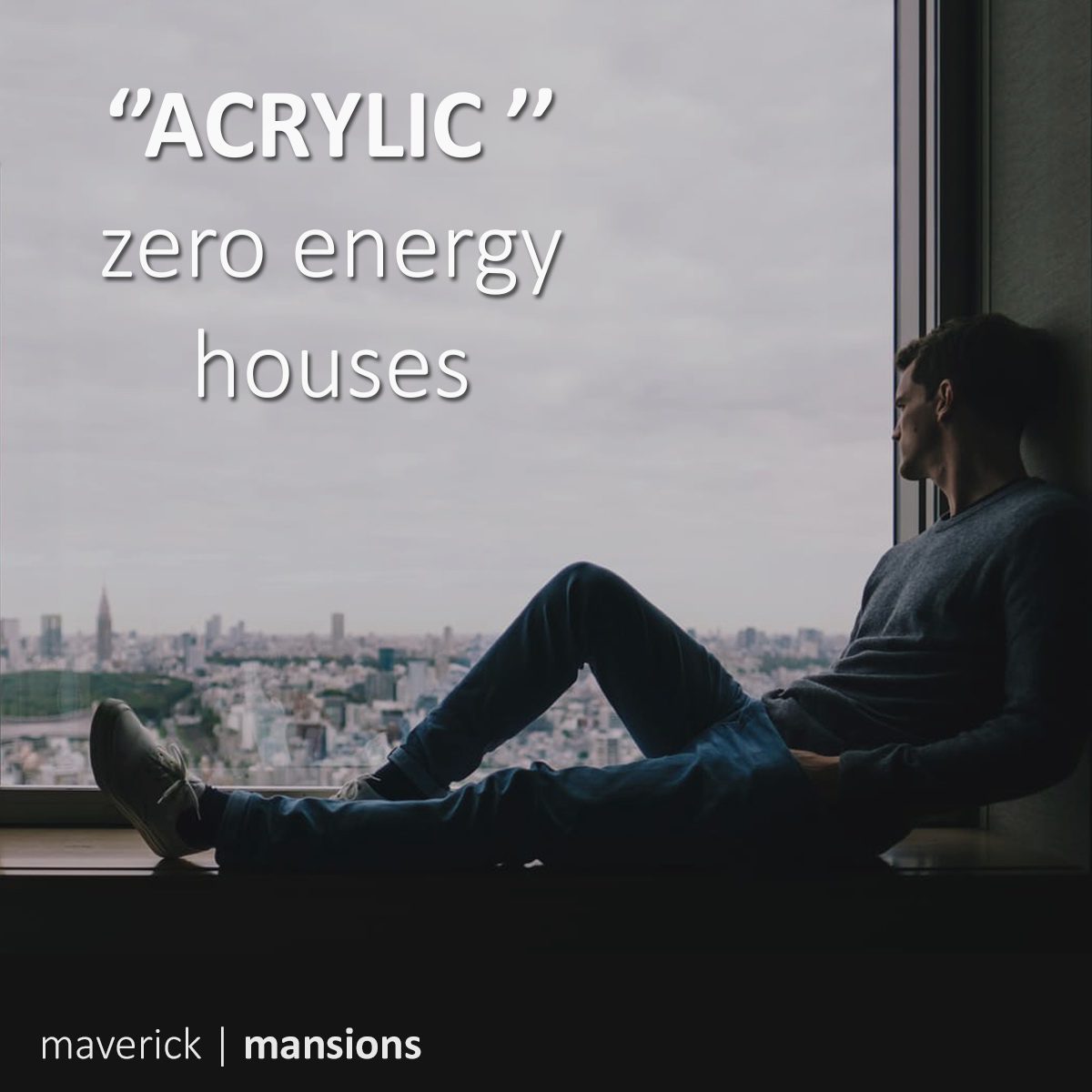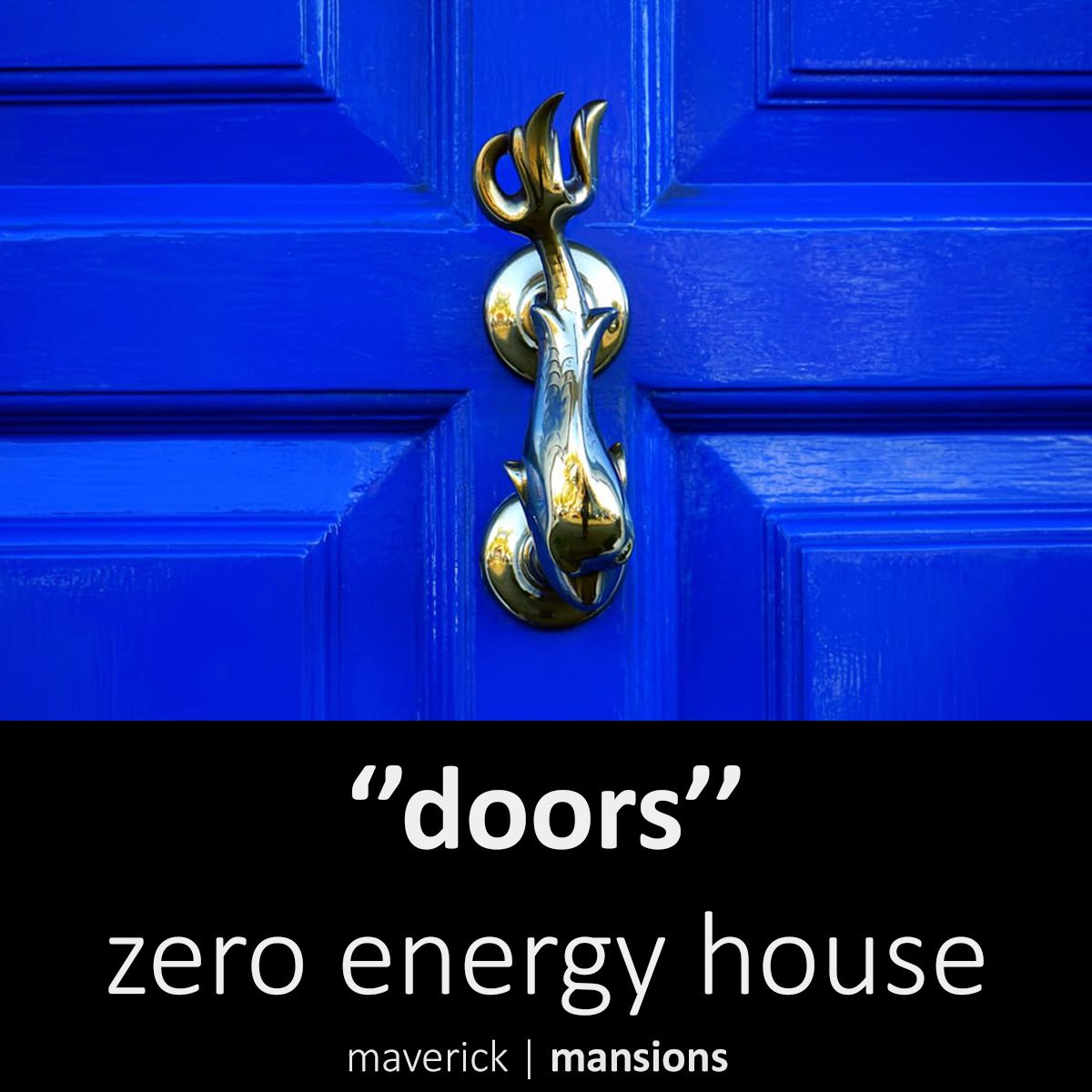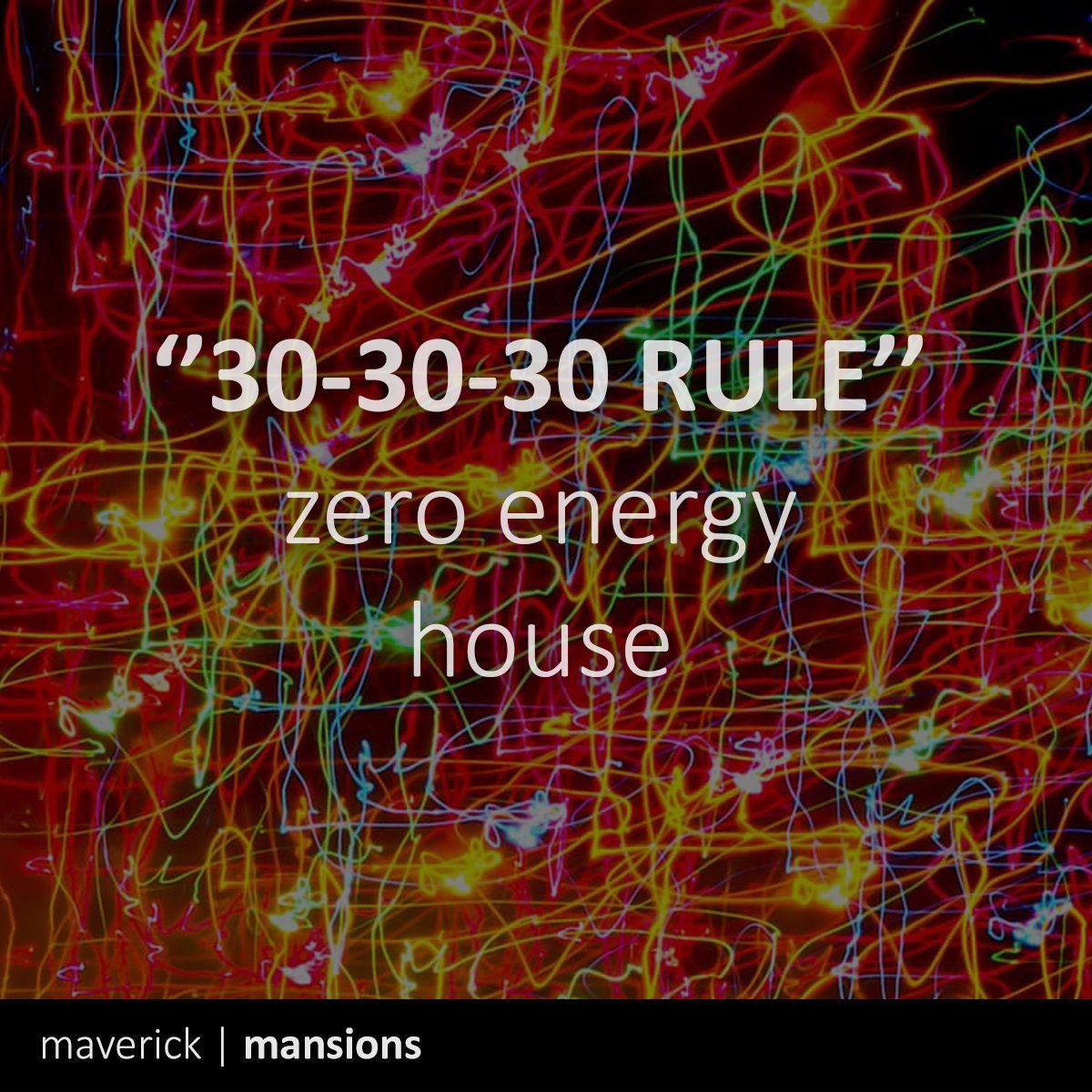
We place the first layer of acrylic on the metal frames. (a rubber, sponge like material in between). GREENE / BLUE / YELLOW
A material that can be squeezed a bit. And we continue like that. After we have all 3 sheets we compress them with a metal bar. It will hold the whole layering together. One thin screw at the top, one at the middle, and one in the lower part will hold everything in place. In cold climates … where dew point is a concern we can fix the metal from the outside. Problems with the dew point. In this version we need thicker walls at the metal bar so it won’t bend in the middle.
In case in time you decide to make the house bigger. And you reorganize the walls. You can do it. Change glazing to walls. It works backwards as well. The same idea in the corners:

Look here the “facade” is pushed over the glazing to hold it. When everything’s in its place we use screws to fix it to the tego / plywood underneath. I know it’s disturbingly simple. I really realize that part :)) Welcome to the every engineers nightmare club 🙂
The insulated cluster is near the inside walls. The outer part in this case is reserved for the cables and various electric controllers. We can easily manage them from there. A distribution center of cables. A part goes under the house …another part goes above the ceiling.
They can be redistributed right there. This way we can save quite a lot on cables and workmanship. As shown before … We have easy access to all of the cables.


And I let mistakes on purpose. Look the structural element BLACK might be quite close to the exterior (or not). Pushing the glazing in the exterior a few cm could solve the issue. However the question is the climate and humidity.
In Malta or Tunis or Mexico is quite different. Than the Netherlands or a mountain with constant humidity. Local expert should decide here however for the geeks. As a guideline calculating dew point.
Triple layer vacuum, argon windows are great. They cost 20x more than they should. Discussed the benefits and drawbacks in the acrylic sheets article and here as well.
Window manufacturers use 2,3 layers of glass. You can’t open it. Vacuum and argon and all the fancy things in between. They help maybe 1% at the overall performance of the house. And it cost a fortune.
They dont send you home saying :put 30 cm insulation beneath the house … then after then come back … so it makes sense to buy our expensive product. Check out these :
The transparent glazing shown in the videos …as an example … can’t be achieved with classical glass windows. Not a chance. Read the acrylic sheets article mentioned before (in case you skipped it).
The windows manufacturers logic was : if water droplets appear … you might bring them to court. So they oversell you a solution that kind of works but costs at least 10 times more than it should … so they are covered and profit margins are bigger. Win – win. Sure.
If you don’t live … and can’t afford a Tony Stark Ironman like house with seamless glazing then I’m questioning everything. The price is not right. Acrylic sheets cost 3-5$ per kg. They are 17 times stronger than glass. Weights 1/2-1/3. Just think about it. The typical aquarium, submarine windows. The frames are super thin, lightweight and cheap as well.
We’ll use 2-3 layers as well. However we’ll have 2 holes on the exterior and on the interior sheets as well. And a transparent “band aid” on them.
This way … if once … in some miraculous way dew points messes up thinks we can fix it. A heat gun can push hot air in the lower niche, and the dried up air will come out at the top. The glazing will cost 2k not 100k. Telling you exact prices here. Stubborn here 🙂 Rest my case. :))














